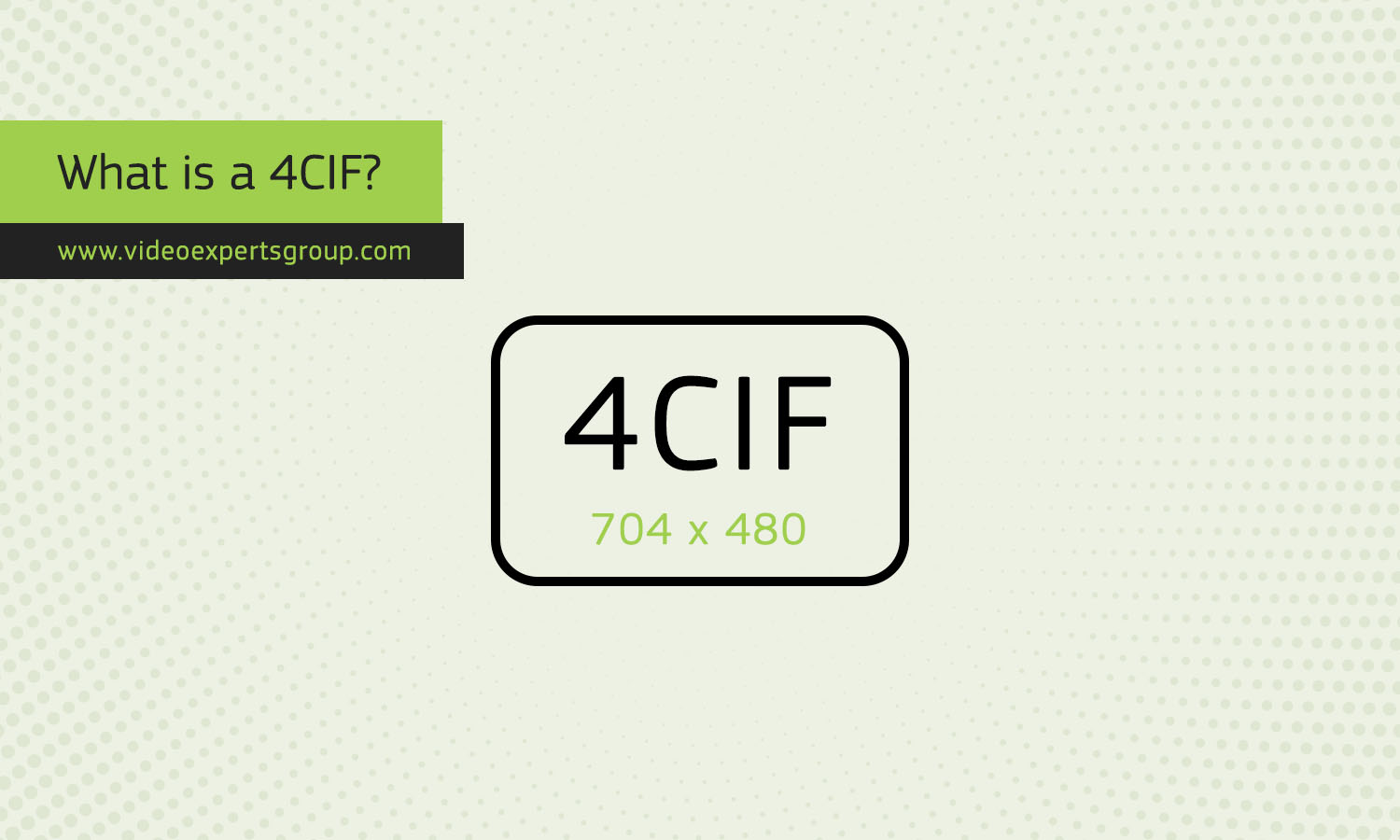4CIF resolution is a term commonly used in the context of video surveillance and digital cameras. Let’s break down what it means and how it differs from other formats.
Meaning
4CIF stands for “Four Times Common Intermediate Format.” It’s an improvement over the more traditional CIF (Common Intermediate Format) resolution.
| Standard | Size | Pixels |
| SQCIF | 128 x 96 | 12,288 |
| QCIF | 176 x 120 | 21,120 |
| CIF | 352 x 240 | 84,480 |
| 2CIF | 720 x 240 | 168,960 |
| 4CIF | 704 x 480 | 337,920 |
| D1 | 720 x 480 | 345,600 |
| 960H | 960 x 480 | 460,800 |
| HD 720P | 1280 x 720 | 921,600 |
| HD 960P | 1280 x 960 | 1,228,800 |
| UXGA | 1600 x 1200 | 1,920,000 |
| FULL HD 1080P | 1920 x 1080 | 2,073,600 |
4CIF Features
- Resolution: 4CIF resolution improves upon CIF by capturing footage at 704 × 480 pixels. This higher resolution provides better image quality.
- Frame Rate: It still maintains the same frame rate as CIF (approximately 29.97 frames per second).
- Color Encoding: Like CIF, 4CIF also uses YCbCr representation with 4:2:0 color sampling.
4CIF offers a significant enhancement over CIF, making it a preferred choice for surveillance camera systems and other applications where image clarity matters.
4CIF resolution strikes a balance between image quality and practicality, making it suitable for various video applications. Whether you’re setting up security cameras or working with digital video, understanding 4CIF helps you make informed decisions about resolution and quality.
















